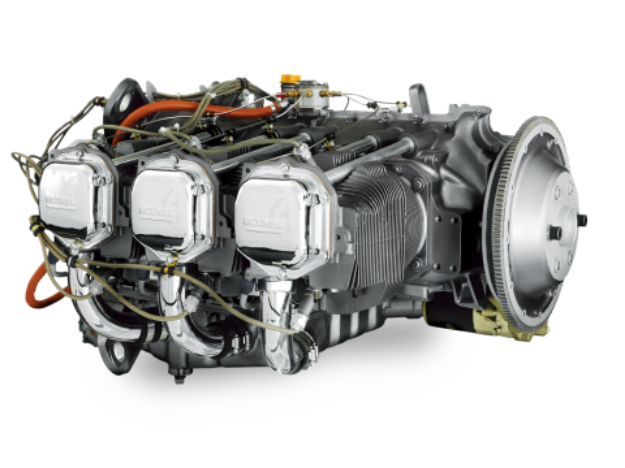Gordon Freeman
Pre-Flight
I happened to have come across the VL-3 (experimental) made by JBM aircraft in Czech Republic. They’re now offering this aircraft with the Rotax 915.
https://www.jmbaircraft.com/
It’s a 2-seater, retractable (option), with a ballistic parachute, and can be ordered with WAAS-IFR and autopilot for an all-weather XC flyer.
The numbers speak for themselves: 2300fpm climb, 200+ ktas Max, 24,000’ ceiling.
I mean it’s a Cirrus SR-22 turbo for a quarter of the price (less two seats).
And unlike other experimentals like Van’s, the cockpit is finished in beautiful leather and carbon fiber trim.
I’m mostly attracted to it for its economy. 4.5gph economy cruise at 145ktas is something very few planes can match.
I spoke with their Ohio based importer/dealer at Sun N Fun yesterday but I am still somewhat uncertain how one goes about getting an IFR certified experimental. Would I need to wait to have it inspected and certified by FAA for IFR? Experimental class is something I’m still learning more and more about every day. I’m just seeing it as a more affordable alternative to banged-up 70s certified aircraft being offered for sale for roughly the same price.
I’d certainly welcome any and all opinions on the aircraft, experimental class, and IFR certification for this class.
Thanks gentlemen. This would be my first aircraft purchase (most likely with 1-2 partners). As for myself, I’m a 130hr PPL with my instrument checkride scheduled in about two weeks, so pretty fresh.
https://www.jmbaircraft.com/
It’s a 2-seater, retractable (option), with a ballistic parachute, and can be ordered with WAAS-IFR and autopilot for an all-weather XC flyer.
The numbers speak for themselves: 2300fpm climb, 200+ ktas Max, 24,000’ ceiling.
I mean it’s a Cirrus SR-22 turbo for a quarter of the price (less two seats).
And unlike other experimentals like Van’s, the cockpit is finished in beautiful leather and carbon fiber trim.
I’m mostly attracted to it for its economy. 4.5gph economy cruise at 145ktas is something very few planes can match.
I spoke with their Ohio based importer/dealer at Sun N Fun yesterday but I am still somewhat uncertain how one goes about getting an IFR certified experimental. Would I need to wait to have it inspected and certified by FAA for IFR? Experimental class is something I’m still learning more and more about every day. I’m just seeing it as a more affordable alternative to banged-up 70s certified aircraft being offered for sale for roughly the same price.
I’d certainly welcome any and all opinions on the aircraft, experimental class, and IFR certification for this class.
Thanks gentlemen. This would be my first aircraft purchase (most likely with 1-2 partners). As for myself, I’m a 130hr PPL with my instrument checkride scheduled in about two weeks, so pretty fresh.

